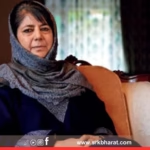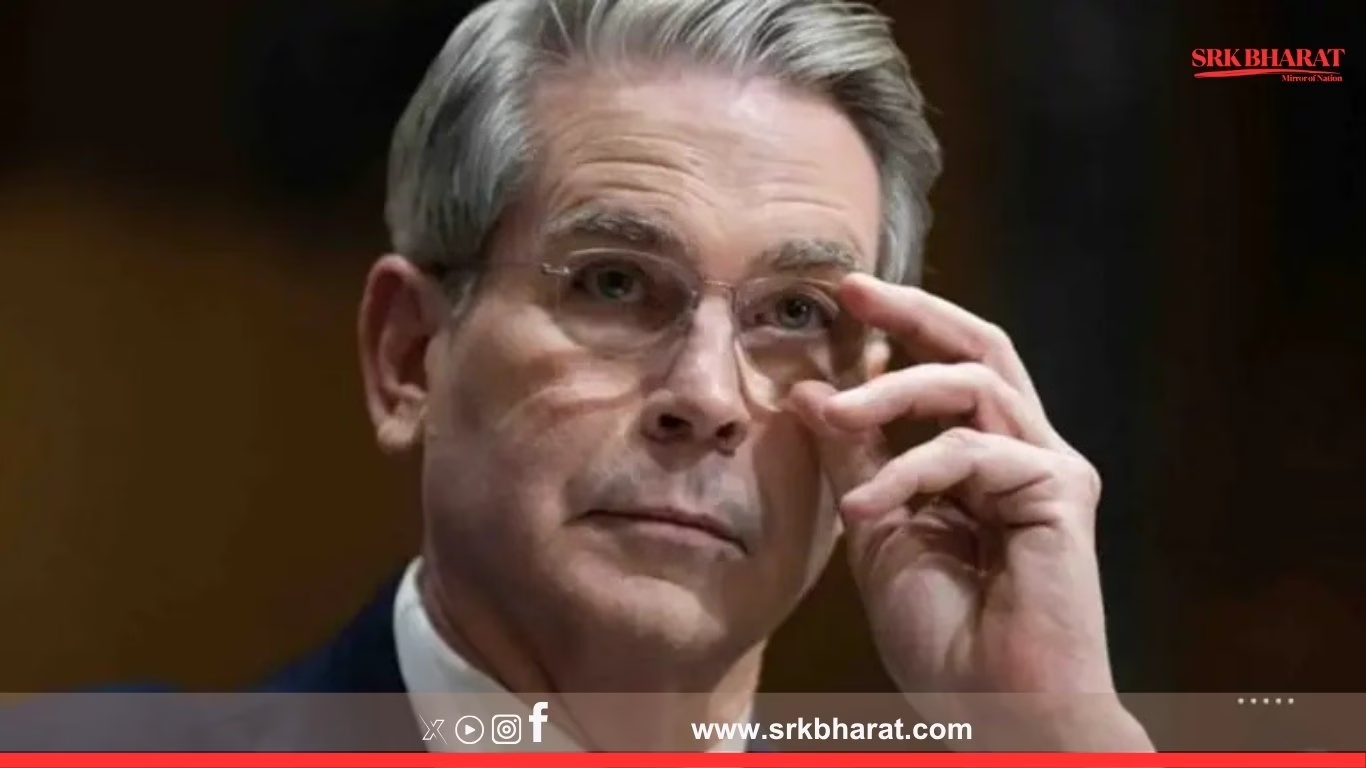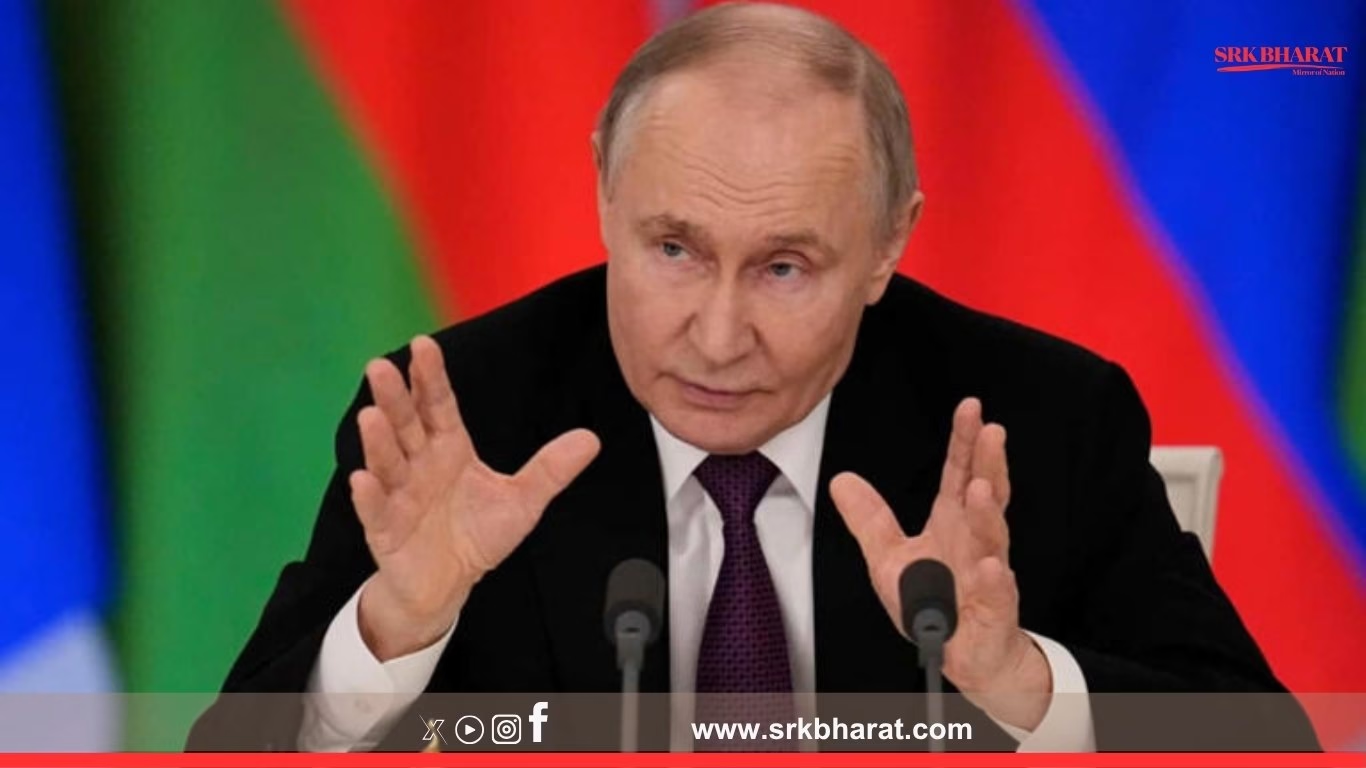Bangladesh, once a key trade ally of India, is now actively exploring new economic partnerships as bilateral trade relations between the two neighbours show signs of strain. Industry insiders and trade experts suggest that multiple factors—including tariff disputes, logistical hurdles, and shifting geopolitical interests—have contributed to a cooling in trade ties, prompting Dhaka to look towards China, ASEAN nations, the Middle East, and Europe for diversification.
A Declining Trade Graph
India and Bangladesh have enjoyed a strong trade relationship for decades, with India being one of Bangladesh’s largest import sources. However, trade data from the last three fiscal years shows a steady drop in bilateral trade volumes, particularly in categories like cotton, machinery, processed foods, and fuel.
| Year | India-Bangladesh Trade Volume (USD Billion) | Year-on-Year Change (%) |
|---|---|---|
| FY2021 | 14.1 | — |
| FY2022 | 13.3 | -5.6 |
| FY2023 | 11.8 | -11.3 |
| FY2024* | 10.5 (est.) | -11.0 |
(*Estimated figures based on first nine months of data)
Economists say this decline is significant because India has traditionally been a critical supplier of raw materials to Bangladesh’s textile sector, as well as a key export market for Bangladeshi garments, jute goods, and agricultural products.
Causes Behind the Trade Decline
The fall in trade volume is not the result of a single factor but rather a combination of economic and policy shifts.
1. Tariff and Non-Tariff Barriers
Recent policy changes in import duties and stricter regulatory compliance have reportedly made certain Indian goods less competitive in the Bangladeshi market. On the flip side, some Bangladeshi exports to India have faced delays due to customs bottlenecks and quality inspections.
2. Currency Fluctuations
The weakening Bangladeshi Taka and the strengthening of the US Dollar have made imports more expensive for Bangladesh, prompting businesses to seek cheaper alternatives from other markets.
3. Regional Geopolitics
Bangladesh’s growing strategic and economic engagement with China and other Southeast Asian countries has shifted trade flows, with infrastructure and energy projects now increasingly financed and executed by non-Indian partners.
4. Logistics and Infrastructure Bottlenecks
Limited port capacity, congested land borders, and outdated transport links between the two countries have hampered the efficiency of bilateral trade.
Bangladesh’s New Trade Playbook
As India’s share in Bangladesh’s import basket declines, Dhaka is aggressively scouting for new trade partners across different regions.
| Target Market | Key Products Bangladesh Seeks to Import | Strategic Advantage |
|---|---|---|
| China | Electronics, heavy machinery, raw textiles | Lower prices, strong credit lines |
| ASEAN Countries | Palm oil, rubber, food processing equipment | Regional trade agreements |
| Middle East | Petroleum products, fertilizers | Long-term energy security |
| Europe | Advanced manufacturing equipment, green tech | Access to high-end technology |
| Africa | Agricultural commodities, minerals | Competitive pricing |
Impact on Bangladesh’s Economy
While diversification offers long-term stability, the short-term costs of shifting trade relationships can be significant. India’s proximity and established trade routes historically made it a cost-effective partner for Bangladesh. Turning to more distant partners may increase freight costs and delivery timelines.
Bangladesh’s ready-made garment (RMG) industry, which contributes over 80% of its export earnings, is particularly sensitive to raw material prices. A shift away from Indian cotton and yarn could impact production costs, unless alternative suppliers offer equally competitive terms.
India’s Perspective
Indian exporters, particularly in textiles, pharmaceuticals, and processed foods, view Bangladesh as a critical market. The decline in trade is seen as a wake-up call for policymakers to revisit bilateral agreements and address logistical inefficiencies. Some experts argue that both nations need to recommit to cooperative economic diplomacy to prevent further erosion of trade volumes.
Bilateral Mechanisms Under Review
Both governments have discussed measures to revive trade, including:
- Expanding border infrastructure to speed up cargo clearance.
- Negotiating a more favourable duty regime for key products.
- Increasing digital integration of customs systems to reduce red tape.
- Promoting joint ventures in manufacturing and logistics.
Opportunities in Regional Trade Agreements
Bangladesh is in discussions to join the Regional Comprehensive Economic Partnership (RCEP)—the world’s largest trade pact involving ASEAN, China, Japan, and Australia. This move could offer Dhaka preferential access to new markets but may also further dilute India’s trade share.
At the same time, India’s push for deeper economic ties with Nepal, Bhutan, and Sri Lanka under the Neighbourhood First policy may create new dynamics, where Bangladesh’s role as a key partner could either be revitalised or reduced, depending on future negotiations.
Expert Views on the Way Forward
Dr. Farhana Akter, a Dhaka-based trade economist, notes:
“Bangladesh’s diversification is a natural progression as economies mature. However, completely reducing dependence on India may not be economically optimal, given geographic proximity and established supply chains.”
Rajesh Agarwal, an Indian trade policy expert, adds:
“The decline in India-Bangladesh trade should be addressed proactively. Both sides need to focus on policy stability, efficient logistics, and resolving non-tariff barriers.”
The Next Decade – Cooperation or Competition?
If current trends persist, India’s share in Bangladesh’s imports could fall below 10% by 2030, compared to nearly 16% in 2020. However, if both nations manage to address tariff issues, logistics challenges, and political frictions, trade could rebound significantly.
The competition for influence between India and China in South Asia will continue to shape trade strategies. Bangladesh’s willingness to engage with multiple partners signals a more balanced and diversified economic approach—but whether this comes at the cost of its historically strong ties with India remains to be seen.
Disclaimer: This article is based on publicly available trade data, market analysis, and expert commentary. It is intended for informational purposes only and does not constitute investment or trade advice.











